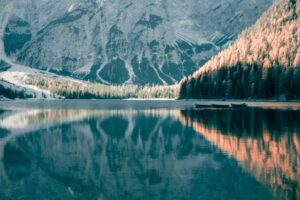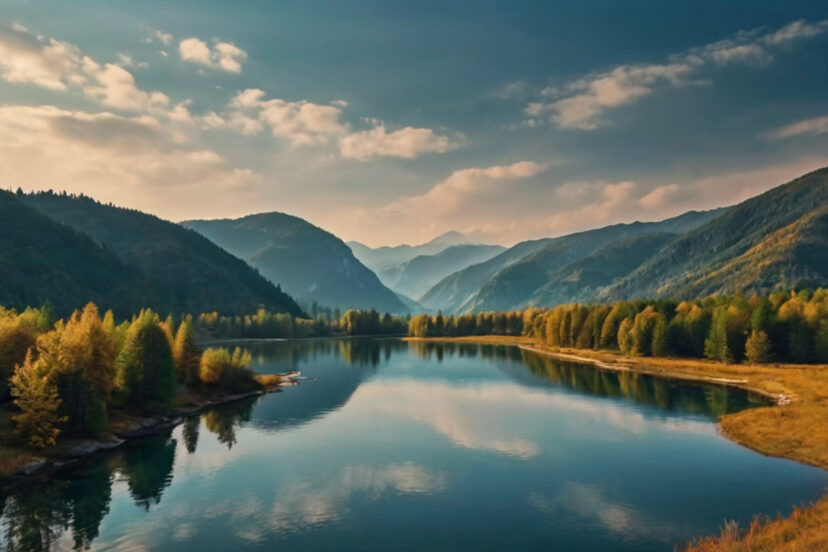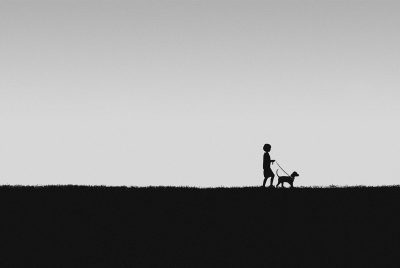The Best Lenses for Landscape Photography (2025 Edition)
Why Lens Choice Matters in Landscape Photography
You’ve probably heard that “gear doesn’t matter.” And while that’s mostly true, when it comes to landscapes—the right lens makes all the difference. The right glass helps you capture scale, depth, and light exactly the way you envision it.
What Makes a Lens “Great” for Landscapes?
Let’s break down the core traits every landscape photographer should look for in a wide-angle lens.
Wide Field of View
A wide field of view helps you include foreground interest, leading lines, and dramatic skies—all essential elements for powerful compositions.

Sharpness Edge-to-Edge
Edge-to-edge sharpness ensures even the corners of your frame are crisp. This matters when your composition includes rocks, foliage, or clouds from edge to edge.
Weather Sealing & Build Quality
Landscapes don’t always wait for good weather. Look for lenses that are weather-sealed and rugged so you can shoot in rain, snow, or dusty deserts without fear.
>>> See range and prices of DSLR lenses HERE <<<
Prime vs Zoom: Which is Better for Landscapes?
This is a personal call, but here’s my take:
-
Zoom lenses like 16–35mm offer versatility for on-the-fly adjustments.
-
Prime lenses like 14mm or 24mm deliver superior sharpness and low-light performance.
If you hike or travel often, go zoom. For dedicated shooters (especially night photography), primes are worth it.
Top 5 Best Wide Angle Lenses for Landscape Photography in 2025
These are my go-to recommendations after testing and researching what’s hot in 2025.
1. Sony FE 16-35mm f/2.8 GM II
-
Mount: Sony E
-
Why it’s great: Super sharp, lightweight for a pro lens, perfect for travel
-
Ideal for: Pros, Sony full-frame shooters

2. Nikon Z 14-30mm f/4 S
-
Mount: Nikon Z
-
Why it’s great: Compact, ultra-wide, takes screw-on filters
-
Ideal for: Travel, architecture, and wide natural vistas
-
Bonus: It’s way lighter than expected for the range!
3. Canon RF 15-35mm f/2.8L IS USM
-
Mount: Canon RF
-
Why it’s great: Optical IS built-in, stunning clarity
-
Ideal for: Canon mirrorless users who shoot handheld a lot
>>> See range and prices of Canon DSLR lenses HERE <<<
4. Fujifilm XF 10-24mm f/4 R OIS WR
-
Mount: Fuji X (APS-C)
-
Why it’s great: Lightweight, stabilized, weather-resistant
-
Ideal for: Travel shooters, Fujifilm fans
5. Sigma 14mm f/1.4 DG DN Art
-
Mount: Sony E / Leica L
-
Why it’s great: Ultra-fast for night skies, minimal distortion
-
Ideal for: Astrophotographers and those who love ultra-wide drama

Budget-Friendly Alternatives for Beginners
Don’t worry—great lenses aren’t always expensive.
-
Tokina 11-16mm f/2.8 (Canon/Nikon): Solid legacy lens
-
Samyang 14mm f/2.8: Fully manual, but stunning optics
-
Sony 10-18mm f/4 OSS: Perfect for APS-C vloggers and hobbyists
These lenses still deliver stunning results without breaking the bank.
How to Choose the Right Lens for Your Landscape Style
Grand Vistas vs Intimate Landscapes
-
Go ultra-wide (14–18mm) for big, dramatic scenes
-
Use 24mm for tighter compositions and cleaner lines
Night Sky Photography Considerations
For astrophotography, your dream lens has:
-
A fast aperture (f/1.4 – f/2.8)
-
Minimal coma and distortion
-
Excellent corner-to-corner sharpness
That’s why the Sigma 14mm f/1.4 DG DN is a 2025 standout.
Lens Accessories to Enhance Landscape Results
To take your landscapes to the next level, grab:
-
ND filters – for smooth waterfalls and moody skies
-
Circular polarizers – to cut glare and saturate colors
-
Tripod – don’t skimp here
-
Lens hood – prevent sun flare and boost contrast
My Personal Setup and Why I Chose It
I shoot landscapes with a Sony A7 IV and the 16–35mm GM II. Why?
-
It covers everything from wide-open views to intimate forest scenes
-
It’s compact enough for long hikes
-
Paired with an ND filter, it’s my one-lens landscape solution
Real-World Sample Shots Using Wide Angle Lenses
📷 Foggy forest trail at 24mm
📷 Golden hour beachscape at 18mm
📷 Milky Way arch at 14mm under Utah skies
Nothing beats field-tested results. These lenses deliver time after time.
Tips for Maximizing Lens Performance in the Field
Want to get the most out of your wide glass?
-
Shoot at f/8 to f/11 for maximum sharpness
-
Use manual focus and magnify for critical detail
-
Enable lens profiles in Lightroom for edge correction
-
Clean your lens often—wide angles love catching dust!
>>> See range and prices of DSLR lenses HERE <<<
Conclusion: Which Lens Is Right for You?
There’s no one-size-fits-all lens, but if I had to choose the best wide angle lens for landscape photography in 2025, I’d say:
-
Sony users: 16–35mm GM II
-
Canon shooters: 15–35mm RF
-
On a budget?: Samyang or Tokina are great starts
-
Night shooters?: Sigma 14mm f/1.4 DG DN = chef’s kiss
Pick the one that fits your needs—and just get out there and shoot.
FAQs
1. Are third-party lenses reliable for landscapes?
Absolutely. Brands like Sigma and Tamron now rival first-party lenses in quality and price.
2. Should I always use a tripod?
For landscapes—yes. It ensures sharpness, especially at lower ISOs and longer exposures.
3. Is f/4 good enough for landscapes?
Totally! Most landscape shots are done at f/8–f/11 anyway. Faster apertures help mostly in low light.
4. Can I use APS-C wide lenses for landscapes?
Yes, just factor in the crop (e.g., 10mm on APS-C ≈ 15mm on full-frame).
5. Are zooms or primes better for hiking?
Zooms offer flexibility, especially when weight and space are concerns. I carry one high-quality zoom on most hikes.
You will be interested in these related articles:




